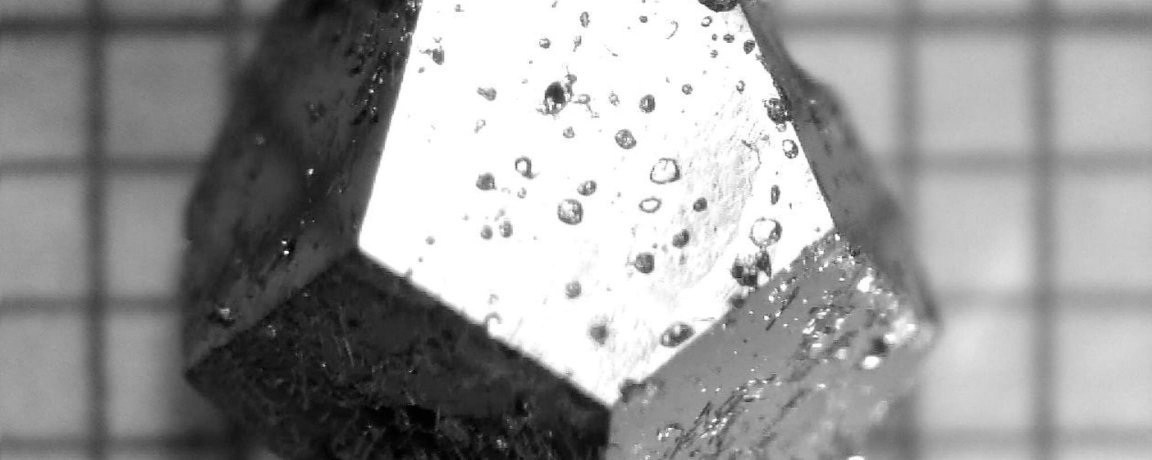
Ultra-Rare Specimen
A team led by Luca Bindi, a geologist from the University of Florence, has found an ultra-rare quasicrystal just a few micrometres wide in a meteorite that landed in Russia five years ago. The discovery has been detailed in Scientific Reports.
Two other quasicrystals have already been discovered in this particular meteorite, but the latest is different from its predecessors in both structure and chemical composition. This new quasicrystal is composed of aluminum, copper, and iron atoms structured in an arrangement very similar to the pentagon-based pattern of a soccer ball, a first of its kind in nature.
“What is encouraging is that we have already found three different types of quasicrystals in the same meteorite, and this new one has a chemical composition that has never been seen for a quasicrystal,” says Paul Steinhardt, a team member from Princeton, in an interview with Motherboard. “That suggests there is more to be found, perhaps more quasicrystals that we did not know were possible before.”

What Is a Quasicrystal?
At the time of their discovery in the 1980s, quasicrystals defied what we thought we knew about crystallography.
Regular crystals such as diamonds and snowflakes are made up of atoms in almost-perfect symmetry, while polycrystals such as metals and ice have more random structures that closely resemble amorphous solids like glass and most plastics. Quasicrystals, however, have an ordered yet never repeating arrangement of atoms. Their unique atomic structures fuse the symmetrical properties of regular crystals with the chaos of amorphous solids.
Quasicrystals can easily be artificially synthesized in labs, and in the three decades since their discovery, scientists have found many useful applications for them, incorporating quasicrystals into LEDs, frying pans, and other objects. Their rarity in nature, however, makes the study of organic quasicrystals still largely uncharted territory, so this new discovery could tell us a lot about this strange form of matter.